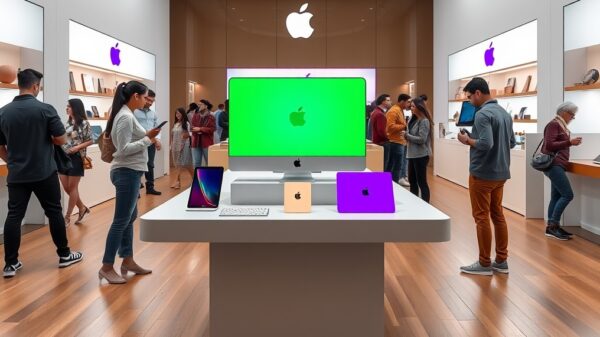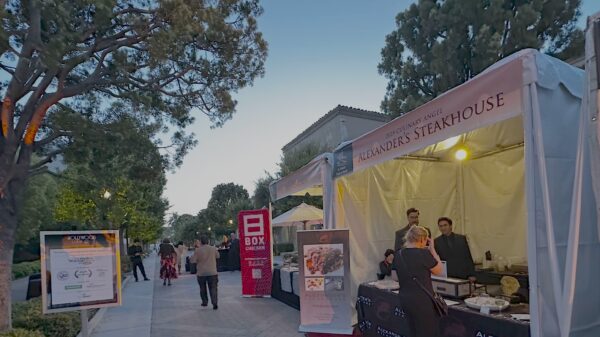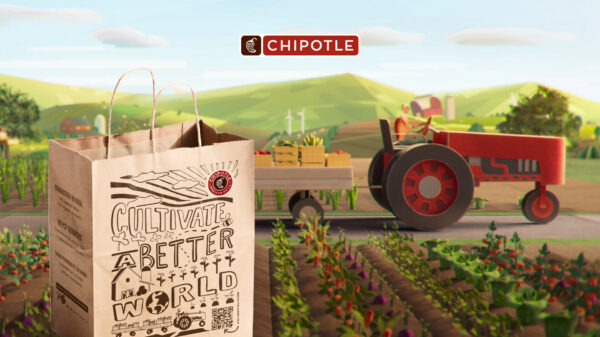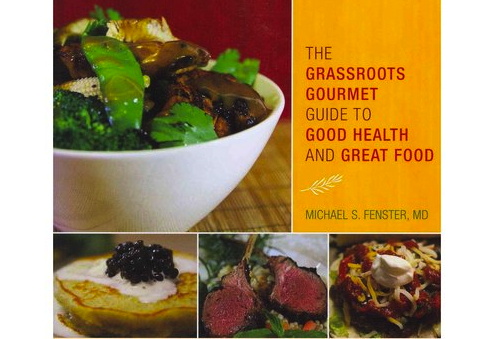Vermont, Maine and New Hampshire, respectively, claimed the top three spots in the 2014 Locavore Index, a ranking of each state’s (and the District of Columbia’s) commitment to promoting and providing locally grown foods.
At the bottom of the heap are Arizona, Nevada and Texas, with the Lone Star State dead last despite the fact that it’s the nation’s No. 1 cattle producer and No. 3 for crops receipts, according to the U.S. Department of Agriculture.
“There are many good reasons to eat locally produced foods, the first among them that they’re very good for us,” says cardiologist and professional chef Michael S. Fenster, MD, (www.whatscookingwithdoc.com), author of “Eating Well, Living Better” and “The Fallacy of the Calorie,” (Koehler Books; fall 2014).
“There’s a direct relationship between our food, our environment, our genetics and our health. Eating locally grown foods gives us our most nutritious meals, most flavorful meals. Few choices have as many personal ramifications as that which we decide to stuff into our gob.”
He offers four more reasons – “the tip of the iceberg lettuce, so to speak” — to go localvore:
• Money: Eating organically, eating fresh and finding the seasonal local foodstuffs can be expensive – if you do all your shopping at the supermarket, Dr. Mike says.
“Finding healthful produce at venues like a local farmer’s market can result in prices that are at least comparable, if not substantially less than, those at the megamarket, which has the additional costs of shipping from the nether regions,” he says.
Likewise, visiting a local fishmonger can result in tasty bargains compared to flash-frozen fish flesh. Shopping for what is bountifully in season, and thus locally overstocked, can mean big savings.
“Finally, by purchasing items produced locally, your money strengthens the local economy and helps sustain the people producing the types of food stuffs that you wish to sustain yourself upon,” he says. “That is the smiley face circle of life.”
• Freshness: In some ways, it’s amazing we’re alive considering all the food we eat that’s dead, Dr. Mike says, noting almost 60 percent of the modern Western diet is prepackaged, preserved and processed.
“Any time we manipulate our comestibles in such a fashion, we add compounds that are not naturally found in them or remove parts that are,” he says. “Those pre-cut vegetables in the supermarket may be convenient, but they started losing nutritional value and flavor as soon as they were sliced and diced.”
Because local growers don’t have to add preservatives or pick produce weeks early to ensure they’ll produce will keep during shipping, local foods can be consumed at the peak of freshness and ripeness – when they taste their very best.
• Rhythms: Our great hairy ancestors have always been omnivores.
“There is ample evidence that the reason we as a species became the smartest kids on the block is that we took advantage of a varied diet. This hardwired drive for diversity in dining is also one reason why restrictive diets that seek to severely limit what we consume almost always, ultimately fail,” Dr. Mike says.
By leveraging the seasonal and cyclic variations that naturally occur, your palate will never become dull and monochromatic, he promises. A pleasant dining experience directly lights up our primal happy-happy joy-joy place, an experience that contributes directly to overall well-being.
• Sustainability: All the reasons for purchasing high-quality ingredients locally ultimately circle back and rest upon the concept of sustainability. In knowing where your food comes from, in being able to ascertain both what it contains and what it does not contain, you take a proactive step in determining your own health and wellness, Dr. Mike says.
By focusing on procuring the best for you and those who depend upon you, you act to sustain yourself and your family. By affecting such a posture, you deliver local impact.
“With enough people acting locally, the impact becomes regional and if enough people demand control over their foodstuffs then, like a crazy cat video gone viral, it can have a global effect.”
About Michael S. Fenster, MD
Michael Fenster, M.D., F.A.C.C., FSCA&I, PEMBA, is a board-certified interventional cardiologist. Also known as “Dr. Mike,” author of “Eating Well, Living Better: The Grassroots Gourmet Guide to Good Health and Great Food,” (www.whatscookingwithdoc.com), he combines his culinary talents and Asian philosophy with medical expertise, creating winning recipes for healthy eating. A certified wine professional and chef, Dr. Mike worked professionally in kitchens prior to entering medical school and maintained his passion for food and wine throughout his medical career.






























